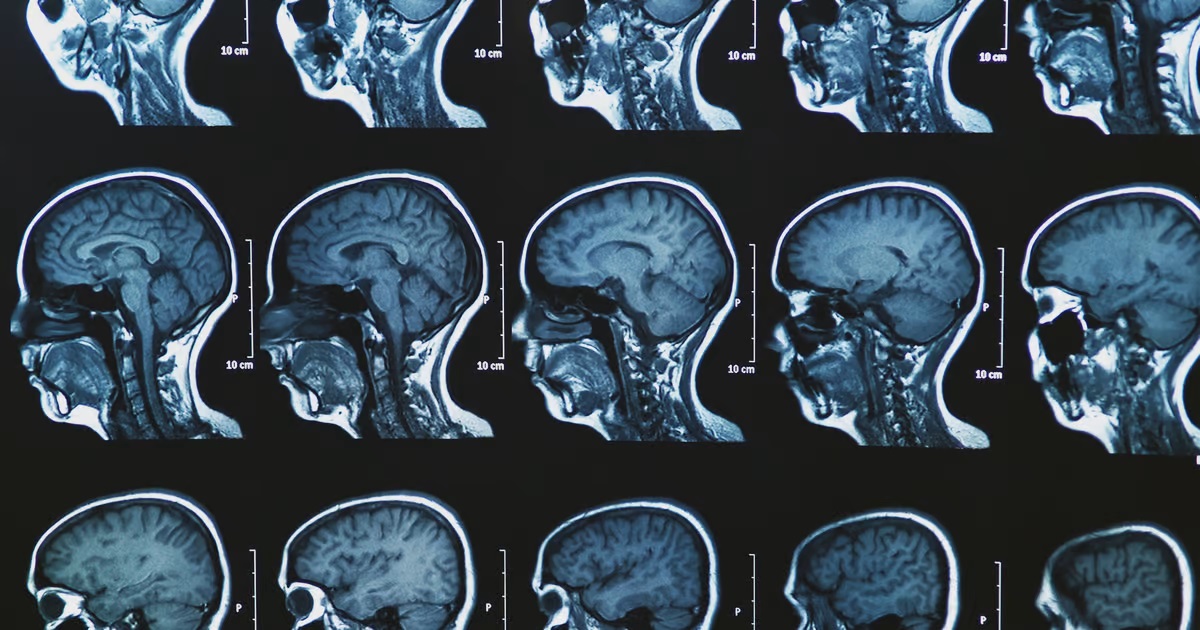AI-driven predictions show promising outcomes in case of Multiple Sclerosis (MS). MS is a complex, long-lasting neurological condition that affects the brain and spinal cord, leading to symptoms such as vision disturbances, impaired limb movement, and cognitive impairment. The disease typically progresses from a Relapsing-Remitting (RR) phase to a Secondary-Progressive (SP) phase, resulting in worsening health and irreversible disability.
AI-driven prediction in Multiple Sclerosis
Multiple Sclerosis (MS) is a multifaceted neurological condition characterized by challenges in timely diagnosis and personalized patient management. The application of Artificial Intelligence (AI) to MS holds promises for early detection, accurate diagnosis, and predictive modeling. This study aims to propose new MS trajectory descriptors for Machine Learning (ML) regressors and classifiers to predict patient evolution, and to explore the contribution of ML models in discerning MS trajectory descriptors using only baseline Magnetic Resonance Imaging (MRI) studies.
Study Overview
The study involved 446 MS patients who had a baseline MRI, at least two measurements of Expanded Disability Status Scale (EDSS), and a 1-year follow-up. Patients were divided into two groups for model development and evaluation. Three descriptors: β1, β2, and EDSS(t), were related to baseline MRI parameters using regression and classification XGBoost models. Shapley Additive Explanations (SHAP) analysis enhanced model transparency by identifying influential features. The results demonstrate the potential of AI in predicting MS progression using proposed patient trajectories and baseline MRI scans, outperforming classic Multiple Linear Regression (MLR) methods.
MRI and MS Diagnosis
Magnetic Resonance Imaging (MRI) images offer insights into brain and spinal cord lesions associated with MS, facilitating accurate diagnosis and disease tracking. Techniques and scoring systems like the Barkhof and Paty scores quantitatively evaluate lesions and disease burden in the central nervous system. However, these techniques typically apply at a specific point in time and do not consider the patient’s complete medical history. For a comprehensive understanding of MS, it is crucial to consider broader factors, including genetics, microbiota, lifestyle, and geographical settings.
The Role of AI-driven Predictive Modeling
The absence of established prognostic markers and reliable risk scores complicates the accurate prediction of disease trajectories for individual patients. Early prognosis of disease trajectories could enable personalized treatment strategies, particularly for higher-risk patients. AI algorithms are gaining momentum in addressing this need in neurology to heighten diagnostic precision and refine patient care efficacy. Machine Learning (ML) has been used to explore MS, offering promising insights for both diagnosis and prognosis.
Methodology
Gradient Boosting, a powerful ensemble learning technique, was employed to enhance predictive models. The methodology was divided into several stages: cohort selection, proposing trajectory descriptors based on EDSS assessment, building AI models using baseline MRI-derived features, gender, and age of MS onset, and evaluating these models. The study employed both classical Linear Regressor (LR) and state-of-the-art XGBoost-based predictors. Explainable AI methods, particularly SHAP analysis, were used to identify core factors influencing model predictions.
Findings and Implications
The hyperoptimized XGBoost model showed the lowest Mean Absolute Error (MAE), suggesting it is better at predicting patient trajectories. For β1, the MAE is 8.62 percent relative to the standard deviation, while for β2, it is 40.60 percent. The study highlights the importance of AI in predicting MS progression, revealing that baseline MRI features, particularly the number of brain lesions, significantly impact predictions. The incorporation of SHAP analysis represents a significant advancement towards transparency and understanding in AI predictive modeling, aiding healthcare professionals in making informed decisions.
AI has a great impact on clinical decision-making, especially in predicting disease progression, therapeutic efficacy, and personalized treatment strategies. This study presents a new method for describing MS trajectories using baseline MRI data, showcasing the superiority of AI over traditional logistic regression methods. Future enhancements could include longitudinal MRI data and supplementary clinical information to improve predictive capacity. The findings underscore the potential of AI in revolutionizing MS care by providing precise, data-driven insights for patient management.
By leveraging AI and ML technologies, this study paves the way for more accurate, efficient, and personalized MS care, demonstrating the transformative potential of AI in healthcare.


